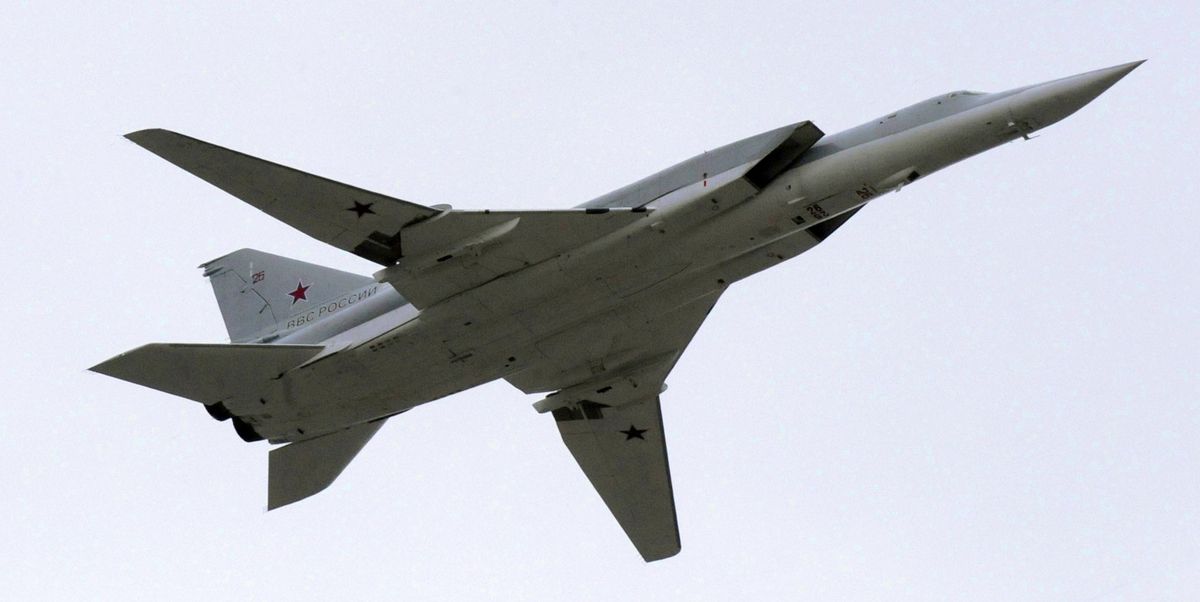Directorate of Flight Safety Releases Initial Report on CF Snowbirds Accident
The Department of National Defence’s Airworthiness Investigative Authority has issued a preliminary From the Investigator (FTI) report in relation to the Snowbirds accident in Kamloops on May 17, 2020. That accident claimed the life of the team’s Public Affairs Officer, Captain Jennifer Casey.
The FTI report is a brief summary of the circumstances and factual information known at this time. It does not provide full details surrounding the accident, but rather indicates the areas of focus for the investigation, which remains underway.
A detailed analysis of video footage recovered for the investigation revealed one bird in very close proximity to the aircraft right engine intake during the critical post take-off phase. The flight safety investigation will focus on environmental factors (the bird strike) and the performance of the escape system, as is the case in all accidents involving ejections.
“Our thoughts remain with Captain Jenn Casey’s family, the Snowbirds, and the Public Affairs Branch. I’m relieved to see that Captain Richard MacDougall has returned home and we wish him well in his continued recovery. To the City of Kamloops, the first responders, and the surrounding communities, you have shown our RCAF family the goodness of your hearts. We will not forget your support and kindness – my sincerest thanks. The Snowbirds continue to represent the professionalism, discipline and sense of team that are hallmarks of our institution. We are committed to safely returning them to the skies in due course.” Lieutenant General Al Meinzinger, Commander Royal Canadian Air Force
“During any Flight Safety investigation, we focus on completing a thorough, accurate and professional investigation. While we might quickly understand what happened in an accident, the most difficult work of an investigation begins as we peel back the layers to understand why and how this happened. We are laser-focused to understanding everything we can about the accident so we can recommend effective preventative measures to help reduce the risk of future occurrences.” Colonel John Alexander, Director of Flight Safety and Department of National Defence’s Airworthiness Investigative Authority
ADDITIONAL INFO
Flight Safety Investigations are conducted to ensure our personnel can continue to have confidence in our equipment and procedures. One of the aims of the Flight Safety program is to investigate such occurrences with the objective of quickly identifying effective preventive measures that will either prevent or reduce the risk of similar occurrences in the future.
The Canadian Forces Snowbirds were deployed on Operation INSPIRATION, a cross-Canada tour to lift the spirits of Canadians and salute front-line workers during the COVID-19 pandemic. Operation INSPIRATION has been delayed indefinitely.
The CT-114 Tutor fleet has been on an operational pause, which is a temporary cessation of flying operations, since the accident occurred. The RCAF is conducting a thorough risk assessment, with the goal of returning the fleet to flying operations. The aircraft will remain in Kamloops until that established process has been completed.
http://www.canadiandefencereview.com/news?news/2868



